The temperature has risen a lot, and it is now the season of hot weather. It is a good day to apply thermal grease. Let's repair it today as well!
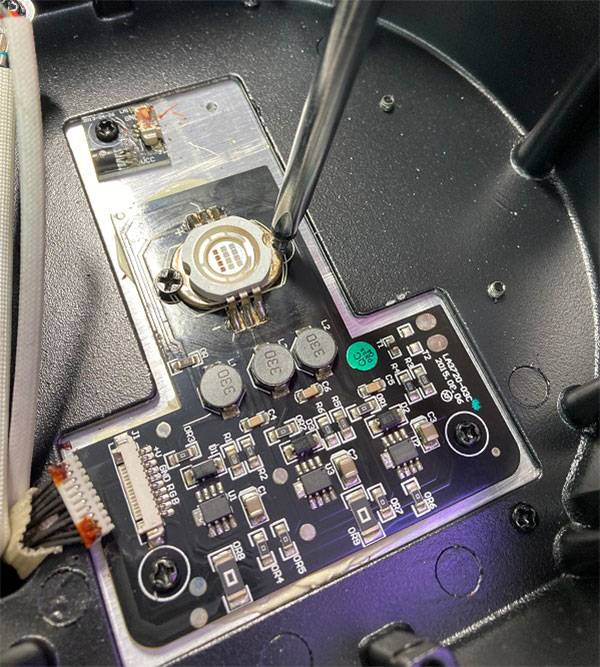
First, remove the fixing screws from the PCB (*PCB=printed circuit board)...
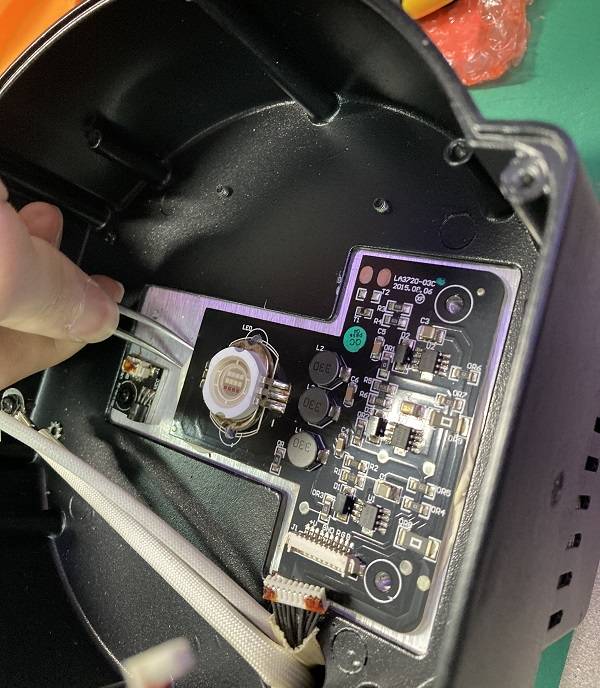
Oh, no...
PCB doesn’t come off!!!!
Is this thermal grease... maybe...
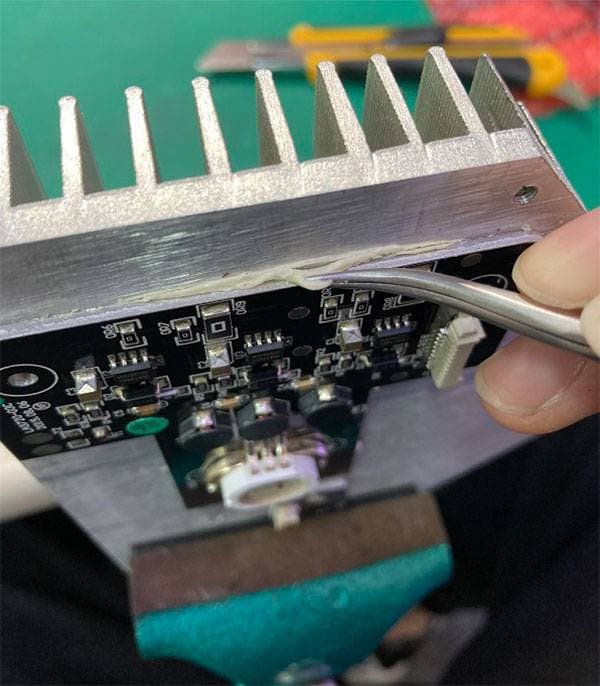
the type that hardens...?
There was a small incident like that.
So, I would like to write about the differences between the liquid type and the hardened type of thermal grease, in case you are interested in reapplying thermal grease by yourself.
In the previous article, we introduced thermal grease and maintenance.
Related blog, “What is Thermal Grease and Heatsinks?”
Please refer to it as well.
■ Thermal Grease - Hardened Type
Some websites sell hardened thermal grease. When I introduced thermal grease in my previous blog, I used a paste type. This type of grease does not harden and can be wiped off and reapplied, so its effect can be refreshed each time you maintain it.
This time however, the one used on the unit we received for repair this time was a hardened type. According to the manufacturer's website, the heat conductivity is 0.92 (W/m-K) (the liquid type is 0.84 (W/m-K)), and there is not that much difference in heat conductivity. Furthermore, using the hardened type has the disadvantage that it is fixed in place, making it difficult to remove.
However, do not underestimate it. The fact that there are such products means that there are means and purposes for their use indeed.
■ What is the Use of the Hardened Type?
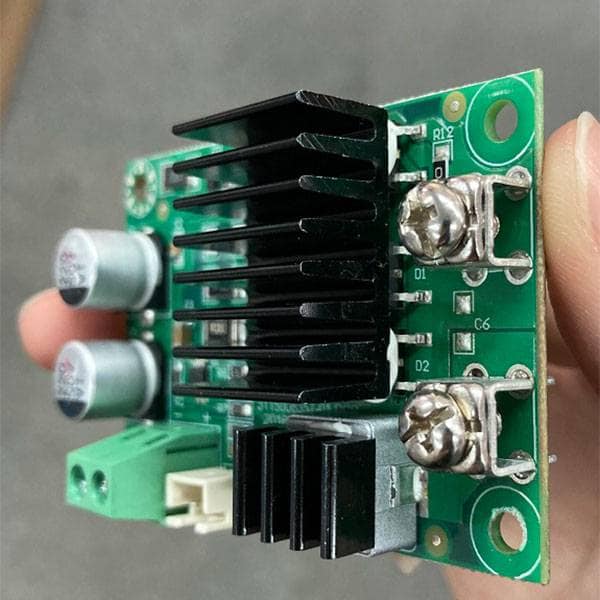
When using the hardening type, it is possible to fix (=attach) parts to each other. An example is when you want to use a heatsink to radiate the heat of a small part, as shown in the image. Normally, it is impossible to fix a heatsink to a small component by drilling screw holes in it.
Yes. If you can't fix it with screws, you can just stick it on.
In such a way, it can help release heat from small parts. It is also used for fixing triacs, etc.
You can see from the reviews on the manufacturer's website that people use it for various purposes. It can be used as a waterproof seal by applying it to gaps, as a first aid measure, to insulate disconnected wires, etc. (The review section is informative.)
And now, let's get back to the repair.
Remove the PCB from the heatsink...
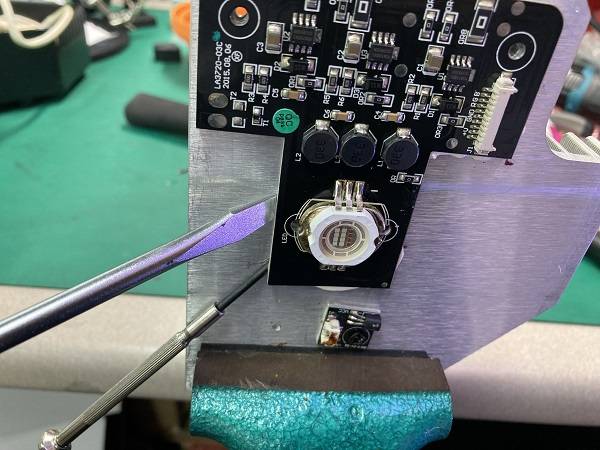
(Power!)
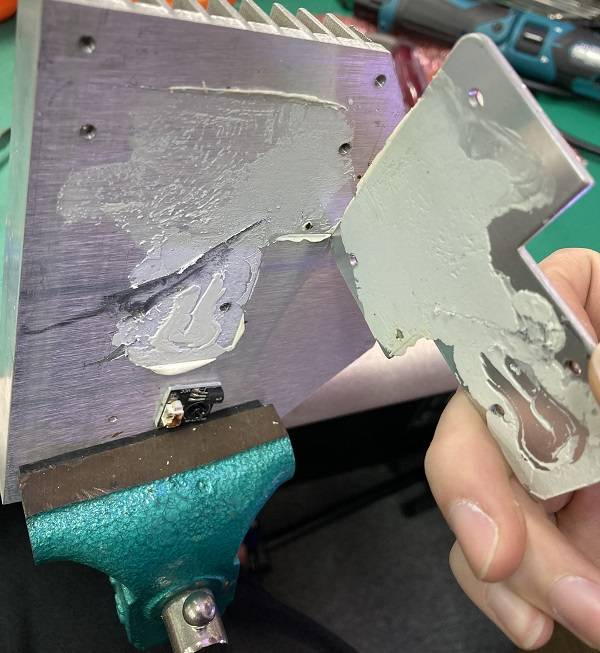
(Paka...)
Smooth the heatsink surface with sandpaper...
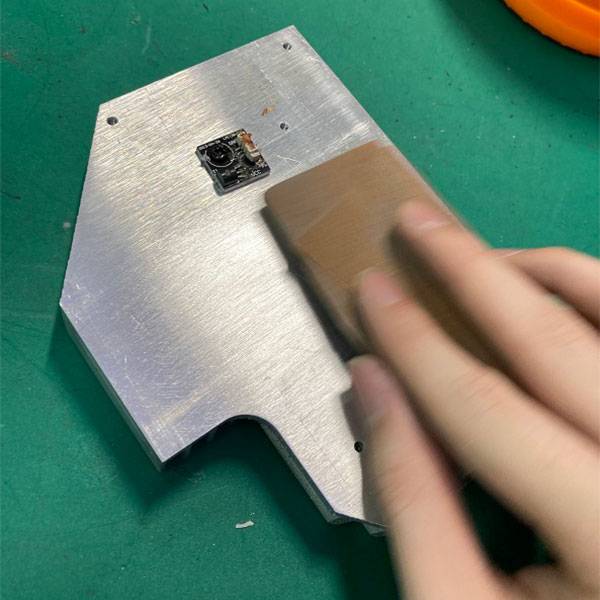
Reapply liquid thermal grease...
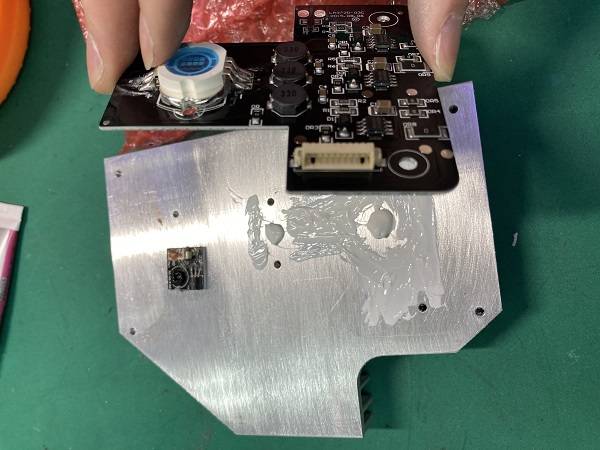
After replacing the PCB and assembling it, checking the operation and the repair is complete!
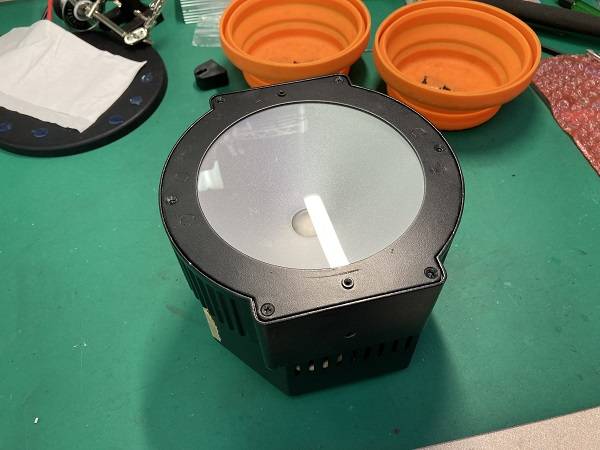
(To tell the truth, it was quite a struggle...)
■ Conclusion
So, the repair was successfully completed, let's get to the summary.
- Liquid thermal grease and hardened thermal grease are used for different purposes.
- Basically, liquid thermal grease should be used for attaching small heatsinks, and for waterproof sealing, use hardened grease.
- for waterproof seals.
As a repair person, I really do not want them to be fixed with sticking if possible because of the high risk of damage when peeling them off.... However, the purpose of thermal grease is to assist heat release, so it is not wrong to use it. I would like to add a few words just to be sure.
If in doubt, use normal grease. This is the basic rule. That's all!
I hope this blog will be of some help in light body maintenance. Thank you for reading this far!






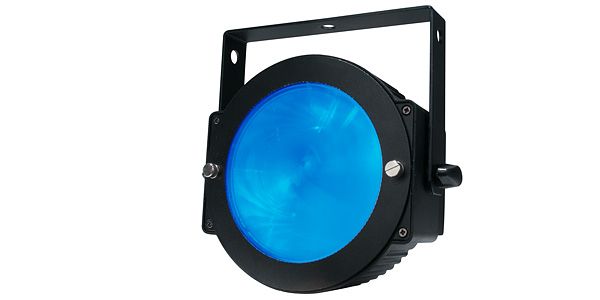
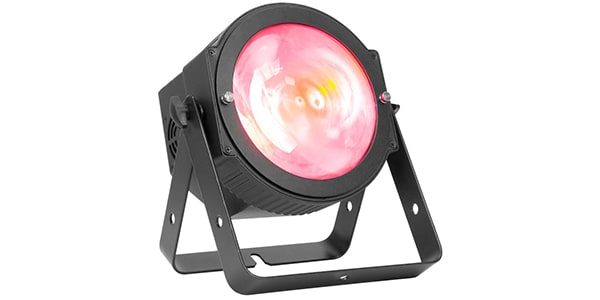


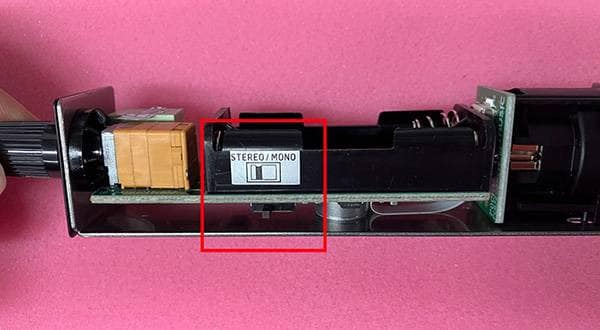

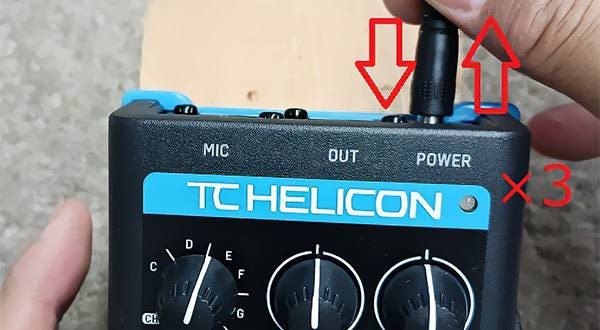
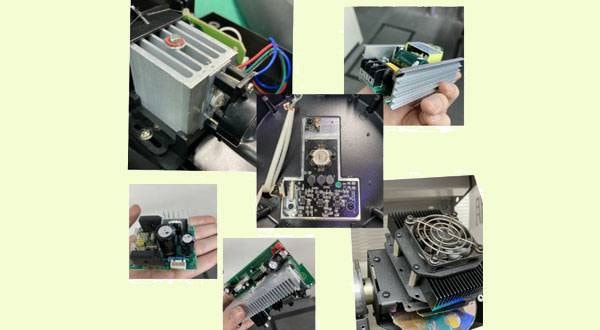
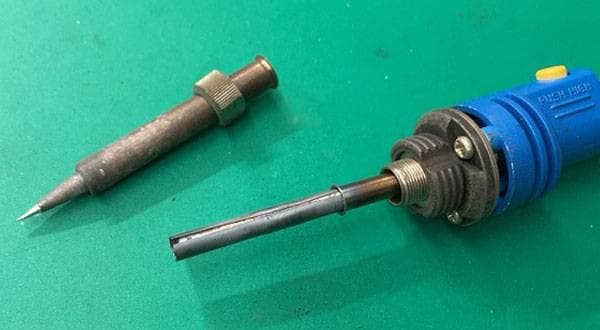


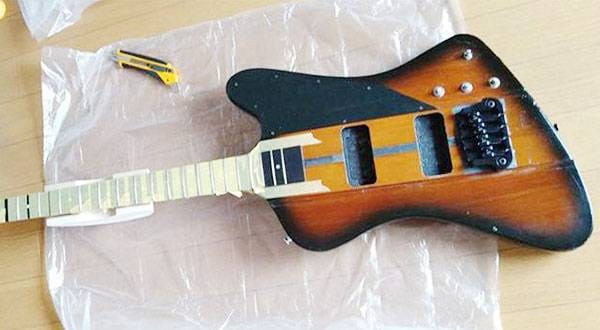
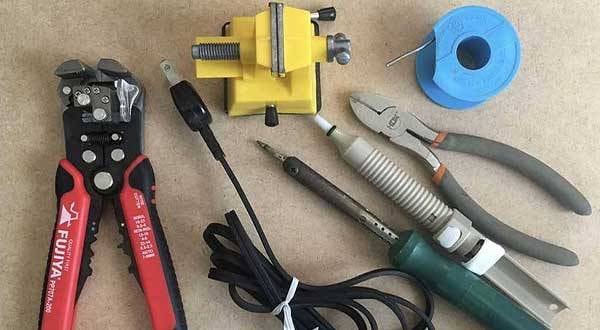
 STAGE EVOLUTION ステージ照明
STAGE EVOLUTION ステージ照明
 AMERICAN DJ ステージ照明
AMERICAN DJ ステージ照明
 ELATION DMXコントローラー比較表
ELATION DMXコントローラー比較表
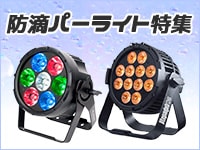 防滴パーライト特集
防滴パーライト特集
 Nitec ステージ照明
Nitec ステージ照明
 ELATION ムービングヘッド比較表
ELATION ムービングヘッド比較表















